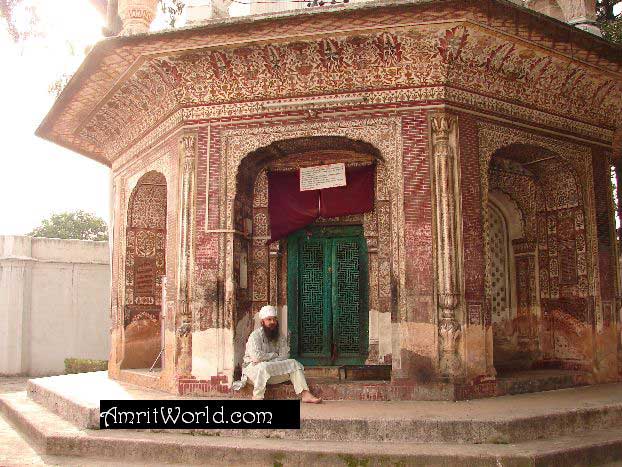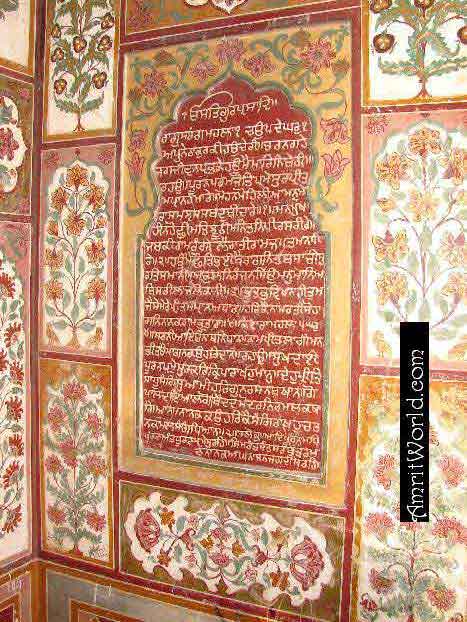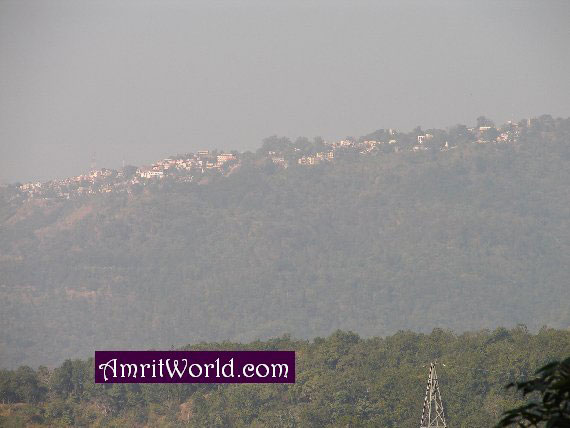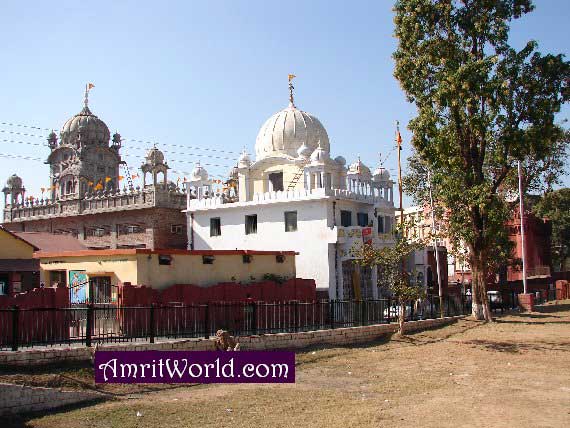(Amrit Pal Singh ‘Amrit’)
Before 1947, Sikhs were populated in many cities and villages of present Khyber Pakhtunkhwa province of Pakistan.
Presently, Malach (ਮਲਾਛ) is a subdivision of Union Council of Nathia Gali (in present Abbottabad District). There were four big villages in Malach region, where Sikhs were settled in good numbers. These villages were Jasa, Bhata, Dhrarhi (ਧਰਾੜੀ) and Sehar. There was another big village of Bagan, where Sikhs were in less numbers. Majority of residents of Bagan were Muslims.
There were a few other small villages in the region, where a handful Sikhs lived. Pasala, Bhotal and Badsar were among these villages.
Though, Pakistan came into existence officially on August 14, 1947, killing of Sikhs and Hindus in Abbottabad started in December, 1946. Many Sikhs were killed by mobs in December 1946 in Mansehra Tehsil.
In December last, 1946, religious fanatics held a meeting in village Bagan. They were present there in number of thousands. With their hot speeches, speakers of the gathering instigated locals and others to attack and kill Sikhs in the region.
Sikhs in Malach region listened about massacres of Sikhs and Hindus in Mansehra and other regions. They knew they had no option but to leave their ancestral land and properties to settle down in India. Their motherland was now to be known as Pakistan, a Muslim country.
Local Sikh leaders, S. Jawahar Singh, S. Chet Singh, S. Gulab Singh and S. Pritam Singh etc sent messages to Sikhs living in far villages to gather in village Bhata or Jasa. Many Sikhs of those villages gathered in Jasa. To reach India safely was a dangerous task.
To defend themselves from any attack, Sikhs gathered in Jasa made safety posts on roofs of two adjoining houses of S. Raj Singh and S. Garib Singh. Sikh women and children stayed in other Sikh houses of the village.
Two Sikhs, S. Raja Singh and S. Kaka Singh were sent to Abbottabad to get Police help, so that Sikhs stuck in Jasa could be evacuated safely. Putting their lives in danger, Raja Singh and Kaka Singh reached Abbotabad. The police reached Jasa and thus Sikhs were evacuated.
Sikhs gathered in village Bhata were not so lucky.
On January 3, 1947, thousands of rioters first attacked Sikhs of village Badgar and killed them on the spot; then they proceeded towards Bhata raising slogans of ‘Naara –e-Tadbeer’ (ਨਾਅਰਾ-ਏ-ਤਦਬੀਰ) and ‘Ali Ali’ (ਅਲੀ ਅਲੀ).
When Muslims of Bhata saw that Sikhs of their village were in danger, they asked Sikhs to embrace Islam to avoid killings. Sikhs at once refused to abandon their faith in Guru.
Now, attackers asked Sikhs in loud voice to embrace Islam to avoid death. Local Sikh leaders, S. Pritam Singh and S. Garib Singh roaring like lions replied in loud voice that it was better to die a martyr than to be a Muslim.
As soon as the Sikh leaders refused to be Muslims, attackers opened fire. Sikhs had a very few guns and limited ammunition, but they responded with fire.
The firing lasted for short time. Many attackers were killed by Sikhs. When rioters saw their own men were being killed, they adopted another plan. They besieged the village to make sure no Sikh could escape and put houses of Sikhs on fire.
Sikh women and children took refuge in those houses. When S. Pritam Singh saw those houses in fire, to help those women and children he came out of his safe position. As he reached in ‘Veranda’ of the house, he was shot with seven bullets. The brave Sardar tasted the martyrdom.
On the one hand, Sikh women and children were caught in fire; on the other hand, Sikhs were firing on attackers. S. Dharam Singh (115 years old), S. Garib Singh and S. Asa Singh fought very bravely with their limited ammunition and at last drank the cup of martyrdom.
Sikh women, elders and children were burnt alive in those houses.
Five Sikhs (S. Mahan Singh, S. Hari Singh, S. Nirmal Singh, S. Prakash Singh and S. Sangat Singh) were shot dead in village’s streets.
In village ‘Bhata’ total 124 Sikhs were martyred. In Sehra 12, in Badgar 5, in Jasa 7 and in Kala Pani 1 Sikhs were martyred by fanatics.
Source: ‘Brahman Sikh Itihas’ (Punjabi) by Jaswant Singh ‘Sudan’ and Prem Singh ‘Sasan’.


 .
. .
.
